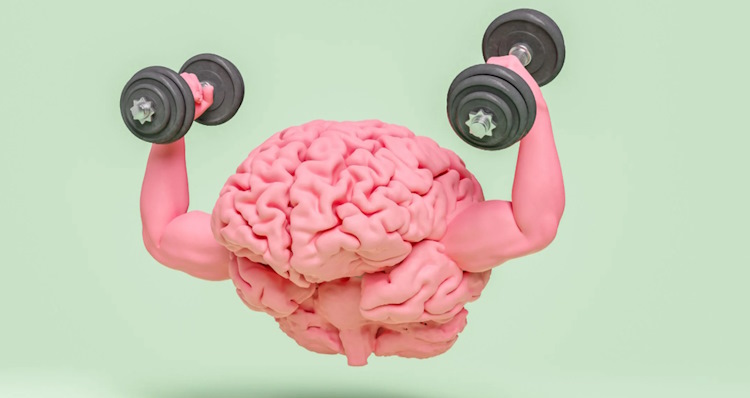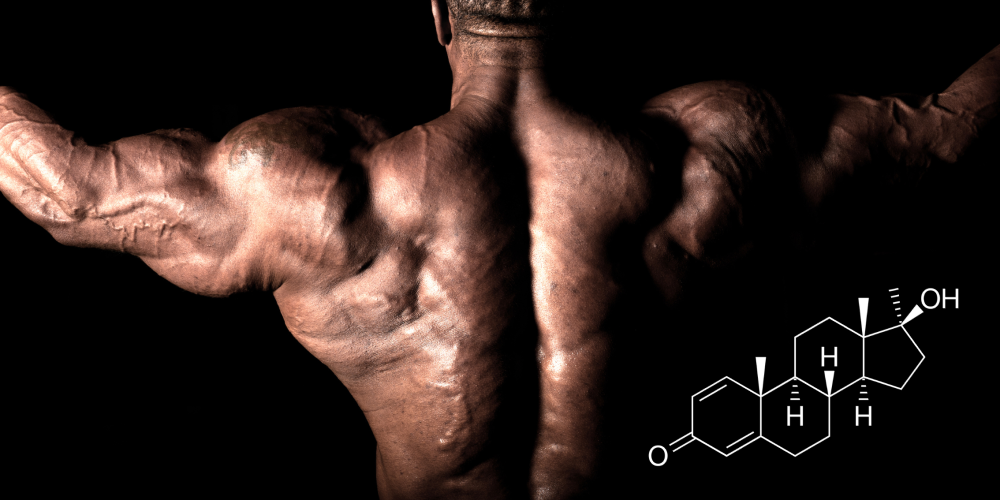Short workouts – How to make your time in the gym more effective
Not all of us can afford to live the life of a professional bodybuilder who has to worry primarily about training, resting and preparing their meals. Most of us live a complete different reality, with responsibilities that include family, a conventional job, social life and taking care of the house. If you live in a big city, chances are you also spend a whole lot of time in traffic. With all of that, sometimes it’s hard to find the time to hit the gym, or even if you do, you probably won’t get to work out for as long as you want to.
If that’s your case, you must make sure that, whenever you’re able to go to the gym, you got to make every minute count. One way to do that is by boost the intensity of your workouts, that way you can train effectively in just 30 to 45min. Here are a few techniques that may help you achieve that level of intensity:
- Straight sets to failure: this is one of the most basic ways to increase the intensity of your workout. Simply continue each set until you can’t move the weight anymore (reached concentric failure), without compromising form. You can do two sets to failure per exercise or even three if you’re an experienced lifter;
- Rest-pauses: the idea here is to extend your set by pausing after a number of reps to allow for your muscle to quickly recover before doing more reps. One example is taking your set to concentric failure, resting for 10 to 15 seconds and squeezing out some more 5 reps before you reach failure once again;
- Isometric holds: upon completion of the last rep of a set, assuming there’s tension in the final position, hold the weight with the muscles contracted for as long as you can. This technique is safe, effective and gives your motor units a different kind of stimulus;
- Partial reps: once you reach the end of a set and can’t complete another full rep, you can do a few partial reps to take the muscles involved to complete exhaustion. This works best with machine exercises, but with a good spotter you can do this in pretty much any exercise;
- Forced reps: for this technique you’ll need a training partner or a spotter, where he will help you on the concentric phase of the last few reps leaving you to control the eccentric phase. Just make sure your spotter isn’t doing all the work;
- Negative reps: when you lower a weight heavier than one you could move concentrically, you will be inducing a whole lot of microtrauma to your muscle fibers, more than you can in any other way. You can also combine this technique with others such as iso-holds for maximum effectiveness;
- Pump and stretch: once you reach a nice pump, stretch the muscle for as long as can stand it. This pump/stretch in theory helps expand the fascia around the muscle, making it easier for the blood to fill that space, and eventually making it easier for your muscle fibers to multiply and reach that pumped size over time. It also reduces the chance of hypertonic adhesions (muscle fibers getting stuck to each other), which may decrease performance.
However, there are also drawbacks to employing these techniques, most notably:
- Risk of injury: shorter, higher intensity workouts have a tendency to lead to injuries more often than other forms of training, but this can be avoided with proper care and making sure your nutrition is on par;
- The need of a training partner: most of the techniques discussed here require a spotter/training partner, which can be a problem for some people;
- No distractions: if you want these 30min workouts to be effective, you must be completely focused during that time. Muscle-mind connection, absolutely no cell phone, even avoid making eye contact if you can;
- The mental aspect: most of the days, you will leave the gym feeling like you could’ve done more or that you didn’t leave your 100% due to the workouts being so short. Your body is certainly making progress, but your brain sometimes won’t register it;
- Lighter weights: as you start employing these techniques, you’ll need to lower the weights you’re used to, since the perceived intensity is much higher than that of a regular workout. This may have a mental impact of you feeling like you’re getting weaker.
All this considered, short workouts can be a good option if you can’t afford to stay in the gym for too long. In 30 to 45min you’ll be able to train with high intensity if you employ the techniques shown here, while still being able to meet all of your other daily demands. However, in order to employ these, make sure you do a couple of warm-up sets, that your nutrition is on point and that you’re using proper form, or else the risk of injury rises significantly. Also, be careful when employing more than one intensifying techniques at the same time, as it can get dangerous pretty quickly. Save it for one or two sets of each exercise.









